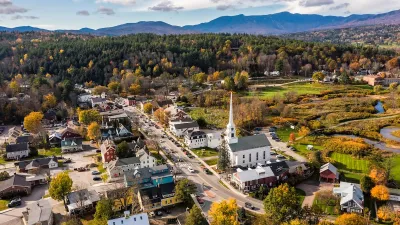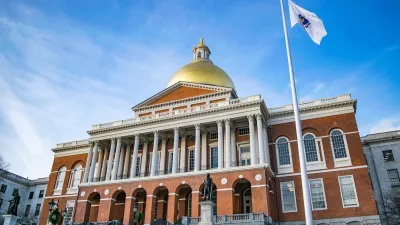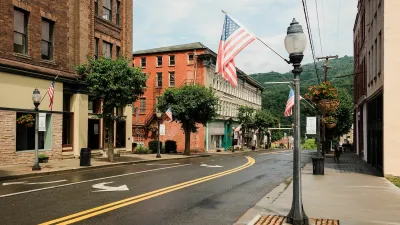Inflation is hitting rural areas particularly hard. One expert sees the possibility of rural residents reconsidering cities as a place to avoid higher costs associated with rural mobility and to make more money.

“Inflation is crippling rural America and driving some people to consider moving closer to cities in an effort to ease the financial stress,” reports Ben Abrams for MPR News.
Abrams cites Iowa State University professor Dave Peters to preset this idea. Peters recently published research on the impact of inflation on rural household expenses between June 2020 and 2022, finding inflation far outpacing income increases in the rural United States—9.2 percent to 2.6 percent, respectively.
According to Peters, rural residents feel the effect of inflation mostly due to the cost of gas and the need to travel long distances to access the resources and services of daily need.
“His analysis found it costs rural households $2,500 more a year to pay for gasoline than it did two years ago. At the same time, prices are also rising for health insurance, veterinarian care, and fuel to heat homes,” explains Abrams.
But whether that inflation pressure is enough to drive rural residents to the city is another question. While many mainstream national media outlets are pushing the narrative of downtowns and big cities searching for a solution to population loss [paywall], and many data sources are providing nuanced evidence of the scale of the pandemic-era urban exodus, Peters dares to suggest that if inflation doesn’t recede soon, rural residents will have to reconsider their lifestyles.
"There are people that I've talked to in Iowa and in Nebraska ... that are really trying to do that financial calculation," says Peters in the article. "They would love to work and get city wages, but they can't commute. It's too expensive with the gas prices. And really, the thing that's holding them back is the cost of homes."
FULL STORY: Inflation is crippling rural America and may even drive people to the cities

Study: Maui’s Plan to Convert Vacation Rentals to Long-Term Housing Could Cause Nearly $1 Billion Economic Loss
The plan would reduce visitor accommodation by 25,% resulting in 1,900 jobs lost.

North Texas Transit Leaders Tout Benefits of TOD for Growing Region
At a summit focused on transit-oriented development, policymakers discussed how North Texas’ expanded light rail system can serve as a tool for economic growth.

Why Should We Subsidize Public Transportation?
Many public transit agencies face financial stress due to rising costs, declining fare revenue, and declining subsidies. Transit advocates must provide a strong business case for increasing public transit funding.

How to Make US Trains Faster
Changes to boarding platforms and a switch to electric trains could improve U.S. passenger rail service without the added cost of high-speed rail.

Columbia’s Revitalized ‘Loop’ Is a Hub for Local Entrepreneurs
A focus on small businesses is helping a commercial corridor in Columbia, Missouri thrive.

Invasive Insect Threatens Minnesota’s Ash Forests
The Emerald Ash Borer is a rapidly spreading invasive pest threatening Minnesota’s ash trees, and homeowners are encouraged to plant diverse replacement species, avoid moving ash firewood, and monitor for signs of infestation.
Urban Design for Planners 1: Software Tools
This six-course series explores essential urban design concepts using open source software and equips planners with the tools they need to participate fully in the urban design process.
Planning for Universal Design
Learn the tools for implementing Universal Design in planning regulations.
Ascent Environmental
Borough of Carlisle
Institute for Housing and Urban Development Studies (IHS)
City of Grandview
Harvard GSD Executive Education
Toledo-Lucas County Plan Commissions
Salt Lake City
NYU Wagner Graduate School of Public Service





























